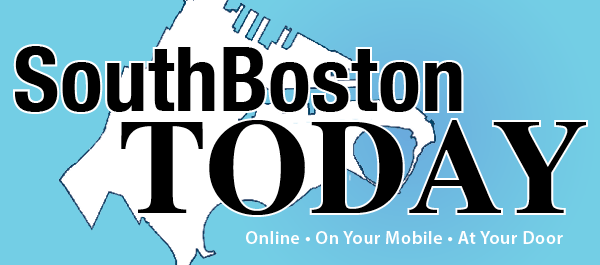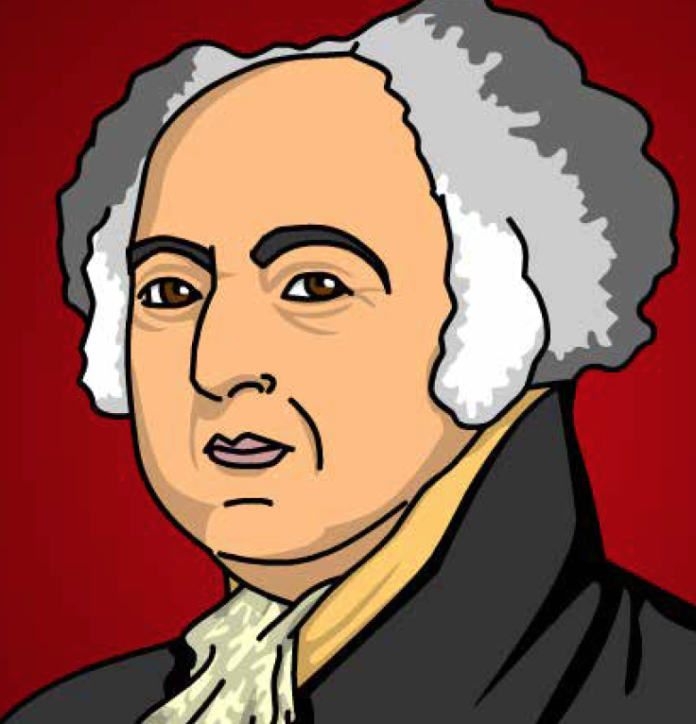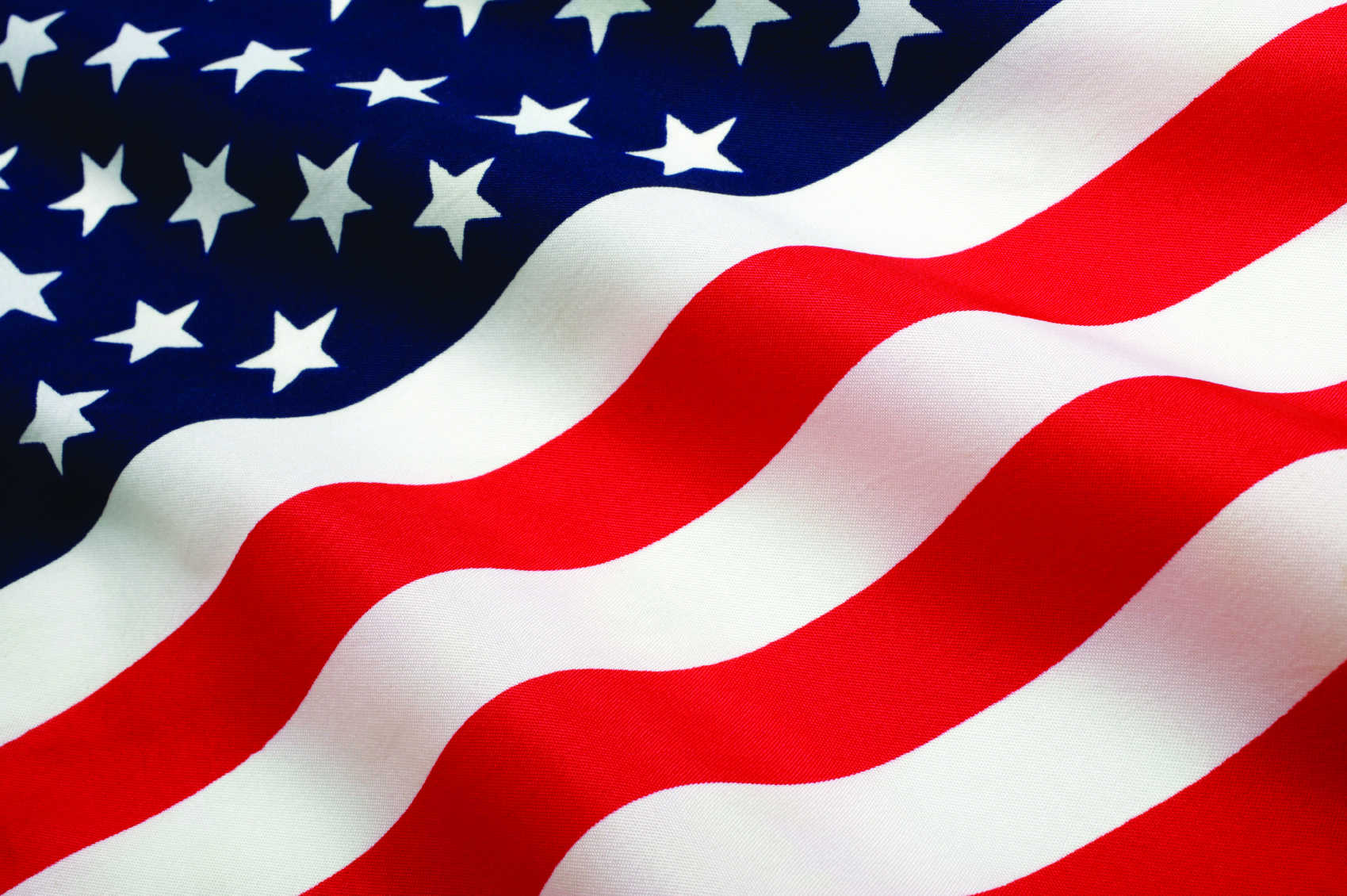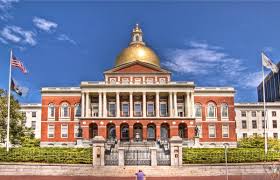South Boston Today Guest Contributor
Robert J. Allison, Historian Exemplar
John Adams thought that Independence Day would be celebrated “as the Day of Deliverance,” with “solemn Acts of Devotion to God Almighty” as well as “Pomp and Parade, with Shows, Games, Sports, Guns, Bells, Bonfires and Illuminations from one End of this Continent to the other from this Time forward forever more.”
Adams wrote this to his wife Abigail on July 3, 1776. He predicted that “The Second Day of July 1776 will be the most memorable Epochal, in the History of America.”
Adams was wrong about the date, but not about the way we celebrate Independence Day – parades and fireworks, sporting events, games, “Guns, Bells, Bonfires”, as well as solemn acts of devotion. Adams saw the importance of the date and the many ways Americans would celebrate.
In the early 1990s, I met with a group of students from the Czech Republic, who arrived for a tour of the United States on July 3. They were worried when they learned that they would arrive the day before our great patriotic holiday. Growing up under a Communist regime, they learned to dread the forced patriotic devotion and crashing boredom of their country’s anniversary days. Our Fourth of July astonished them. There were appropriate markers of the day’s historical importance, and reminders of the sacrifices made to sustain independence. But these were not the grim parades of military might. What struck them most was that people they saw were having a good time.
Independence is something to celebrate. It is what allows us still to enjoy July 4, and the other days of the year. Adams knew this, when he wrote to Abigail on July 3, 1776. He knew that achieving independence would not be easy. “I am well aware of the Toil and Blood and Treasure, that it will cost us to maintain this Declaration, and support and defend these States. —yet through all the Gloom I can see the Rays of ravishing light and Glory. I can see that the End is more than worth all the Means. And that Posterity will triumph in that Days Transaction, even although we should rue it, which I trust in God We shall not.”
It would be a sacrifice his generation would make for those to come.
Why July 2? We know that July 4 is the great anniversary day. On July 2, Congress had voted to declare Independence; on July 4, Congress adopted the formal Declaration of Independence. For Adams, the fact was more important than the statement. On the afternoon of July 4, after Congress adopted the Declaration, which explained why it had declared the United States to be independent, it voted to have the Declaration printed and circulated throughout the American states. John Dunlap, a Philadelphia printer, received the draft—not the familiar parchment copy which reposes in the National Archives, but a simple draft of Congress’s Declaration. He set the text in type, and at the top, in bold letters, three lines stand out:” IN CONGRESS. July 4, 1776” “DECLARATION,” and “UNITED STATES OF AMERICA.”
This document, Dunlap’s printed version, gives us an anniversary date—July 4—and a name for the new country: The United States of America. It was meant to be read aloud, and publicly proclaimed throughout the land. On July 9, it reached New York, where Washington had it read to his army at the tip of Manhattan Island; his troops hearing the bold declaration could see in the distance British and German soldiers disembarking on Staten Island, the largest military force the British, up to that point, had ever sent abroad, coming to suppress their rebellion. After hearing Independence proclaimed, the soldiers and New York citizens tore down a statue of George III, melting it down to make bullets.
The Declaration reached Boston on Thursday, July 18. Thomas Crafts read it from the Old State House balcony. As he concluded, the crowd cheered, “God Save our American States,” gave three cheers, church bells rang, guns fired, “and every face appeared joyful,” Abigail Adams reported. Then the crowd took the royal coat of arms down from every public building and burned them in the middle of King Street. “Thus, ends royal Authority in this State,” Abigail wrote, “and all the people shall say Amen.”
Amen—but what was next? After forcing the British out of Boston, and declaring Independence, the Americans had a tough year. The British took New York easily, and would hold it for the next seven years. By the end of the following summer the British would also occupy Philadelphia. The British would not return to the Boston area, which had been heavily fortified during the siege. “I think of nothing but fortifying Boston Harbor,” John wrote to Abigail in March, just a few weeks after the British had evacuated Boston. “I want more Cannon than are to be had,” and he wanted the harbor islands fortified.
The British destroyed the fort on Castle Island on their way out of Boston. Congress rejected Massachusetts’ request for aid in rebuilding the Castle William, but Abigail reported that six hundred men met every morning to rebuild it. The war shifted out of Boston. But Massachusetts still sent men to the war—in fact, a third of the men who served in the Continental Army came from Massachusetts.
Fortifying Castle Island seemed less pressing until 1798, when France went to war against the United States. France was at war with England in the 1790s, and wanted the United States—recipients of French aid during the Revolution—to join in. The United States proclaimed neutrality, and France began to capture American merchant ships.
President Adams sent diplomats to France, who were told bluntly that before any negotiations could begin, the Americans would have to bribe a series of French bureaucrats. President Adams vowed that he would never send another diplomat to France, unless the French would receive him as the emissary of an independent people. In 1776, John Adams had thought of nothing but fortifying the harbor islands against the British; now, as President, he thought of nothing but fortifying the entire coast. Castle William, which had languished since the men of Boston rebuilt it twenty years earlier, now was fortified again against a new enemy. President Adams gave the fortification a new name, Fort Independence.
That same year, the USS CONSTITUTION had its first fight, against the French in the West Indies. Built in the North End in the 1790s, the CONSTITUTION is the oldest commissioned warship still afloat in the world. At noon on July 4, if you venture out to Castle Island, you will see the ship fire a salute to the flag on Fort Independence, and gunners on Castle Island will return the salute to American independence and the men and women who have made it possible.
John Adams had been invited to attend the celebrations in Washington on July 4, 1826. (But at the age of ninety was too feeble to leave his home in Quincy). He had also declined an invitation to speak at the local celebration in Quincy. The Quincy organizers asked if Adams would like them to read a statement at their commemoration. Knowing this might be his last public words, Adams wanted them to count. He and his generation had achieved independence; the next generations would have to defend it. He gave his statement:
“Independence Forever!”
They waited. Would he like to add more?
“Not a word.”
Adams could hear the celebrations on July 4, 1826—the “Pomp and Parade, with Shows, Games, Sports, Guns, Bells” he had predicted fifty years earlier. We can still hear them, and see the fireworks and illuminations. We also know what has made this celebration possible, from one end of the continent to the other.
Robert J. Allison is President of the South Boston Historical Society and Chair of the History Department at Suffolk University.










